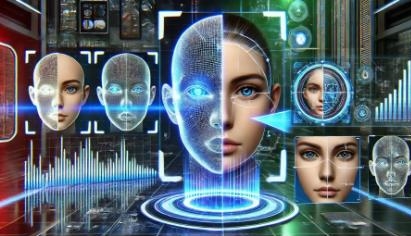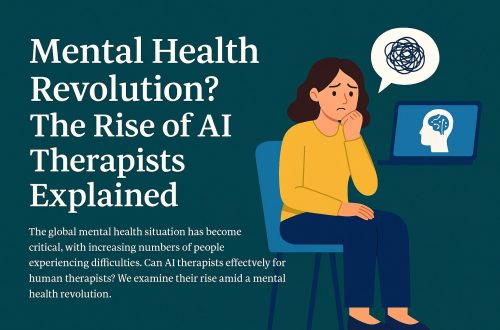Deepfake producers and AI detectors are playing a never-ending game of cat and mouse. Both sides are getting much better, making it harder to tell what’s real and what’s fake. As deepfake technology gets better quickly, detection AI needs to not only find the tricks that are already out there, but also guess what new ones will come out.
AI models that can find little anomalies that people can’t see, such artificial blinking, mismatched micro-expressions, minor changes in tone in synthetic voices, or digital pixel distortions, are at the foundation of deepfake detection. For instance, Google’s project to make thousands of fake videos for training purposes has proven quite helpful because it gives detectors a lot of data to work with and learn from.
But the problem is becoming worse. Older AI-made fakes were easy to spot using early detection systems, but modern deepfake developers use complex generative adversarial networks (GANs) and multimodal synthesis methods that mix video, audio, and behavioral data in a way that makes them hard to spot. Recent research from 2025 show that detection models trained on old datasets do very poorly against these hyperreal fabrications. This shows that static detection infrastructures are not keeping up.
This fight is like a hydra: as you take off one head of lies, two more grow back. Deepfakes are used by sophisticated threat actors, such as Iran and Russia, to propagate false information, conduct fraud, and damage public trust. Voice deepfakes, in particular, have become very flexible, able to capture not only accurate vocal tones but also emotional subtleties and regional accents. Voice-based phishing scams are really much more common and successful than visual deepfake attempts.
The good news is that the newest AI detectors are flexible and can work with other systems. These systems don’t use set signature patterns; instead, they constantly retrain with new data, just like antivirus software does when it finds new malware. These new models use real-time multimodal analysis to look at auditory inputs, face micro-expressions, and behavioral context all at once. Under the best conditions, they can detect things with 94–96% accuracy.
Ensemble detection engines, which combine dozens of AI approaches, are used by many industries, from finance to telecoms, to catch impersonations on video conversations, in contact centers, and while validating digital identities. Reality Defender is an example of how advanced AI can protect reputations and executives on a large scale by monitoring different sorts of media using platform-agnostic methods.
But just finding something isn’t enough. Rob Greig, CIO of Arup, stresses the need for a cultural and moral duty: “We really do have to start questioning what we see.” People’s ability to tell the difference between deepfakes and real things is still very limited, at about 55–60%. So, promoting digital literacy coupled with enhanced technology protections is a very new and important way to stay strong against manipulation.
In this complicated dance of lies and truth, a hopeful view comes to light. As detecting AI gets more advanced and works better with other technologies, we are all better able to safeguard society from the bad use of synthetic media. We are getting closer to a future where authenticity is protected with unparalleled assurance, even as deepfakes get more and more impressive. This is possible because we can use adaptive, multimodal AI insights that are built right into common communication systems.
—
**Important Points About AI-Driven Deepfake Detection and Changing Threats:**
– AI models employ machine learning to find small things that are very similar but not obvious to people, such abnormal eye movement, inconsistent micro-expressions, or tone anomalies.
– New deepfake generators provide voices that sound very authentic and have emotional depth, and they can speak multiple languages. This makes audio-based attacks more effective and hard to spot.
– Static AI detectors don’t work well with new forms of deepfakes; continuous retraining on new synthetic data is more faster and more reliable.
– Real-time, multimodal systems that look at video, audio, and behavior all at once can detect things with an accuracy of roughly 95% in the best situations.
– Ensemble models that use more than one AI method make systems more resilient by giving them more ways to detect threats.
– Nation-state actors are aggressively using these technologies to spread false information, commit fraud, and use advanced social engineering.
– People are just somewhat better than chance (55-60%) at spotting deepfakes, which shows how important it is to have AI help and be digitally literate.
– Putting detection technologies into communication platforms and cybersecurity frameworks is becoming common, notably in finance, telecommunications, and remote collaboration.
– To keep up with the quickly changing deepfake technology and sustain the public’s trust, tech companies, universities, and governments must continue to work together.





